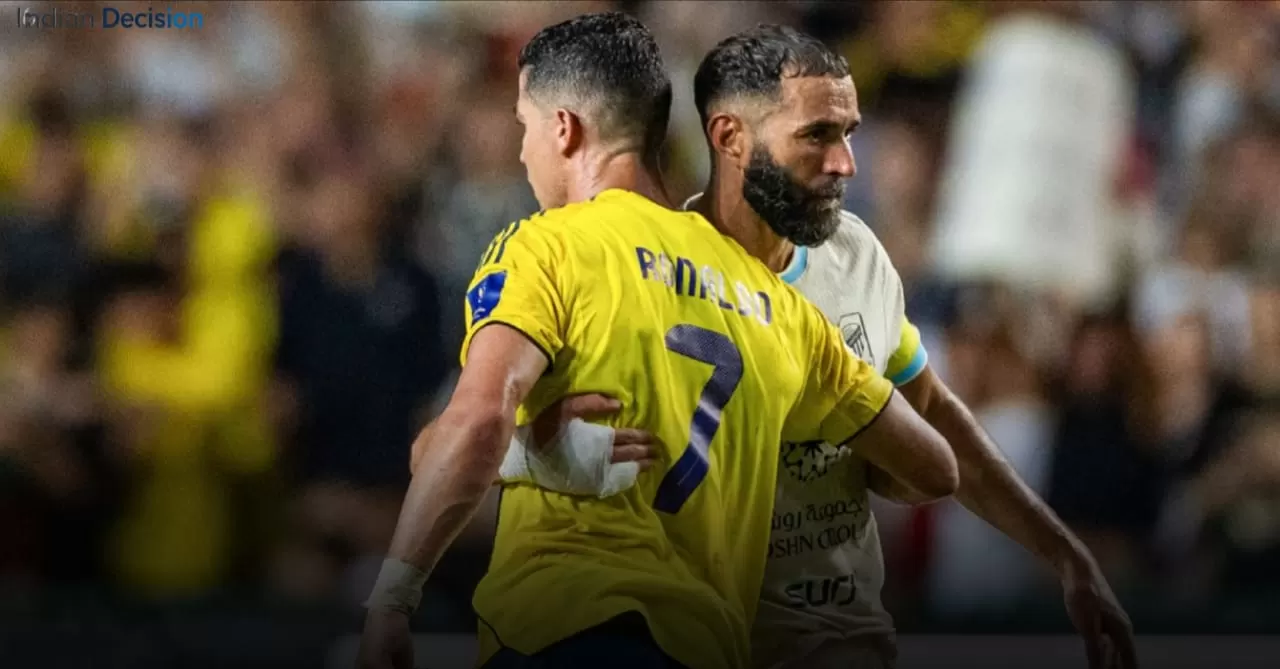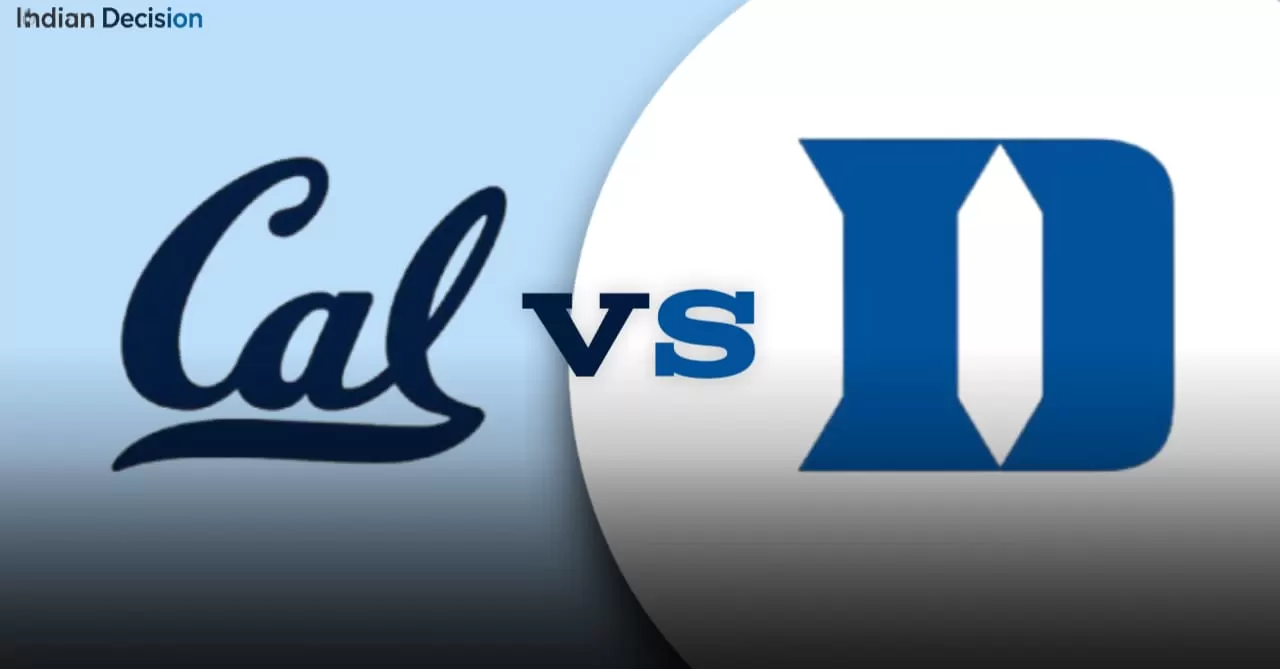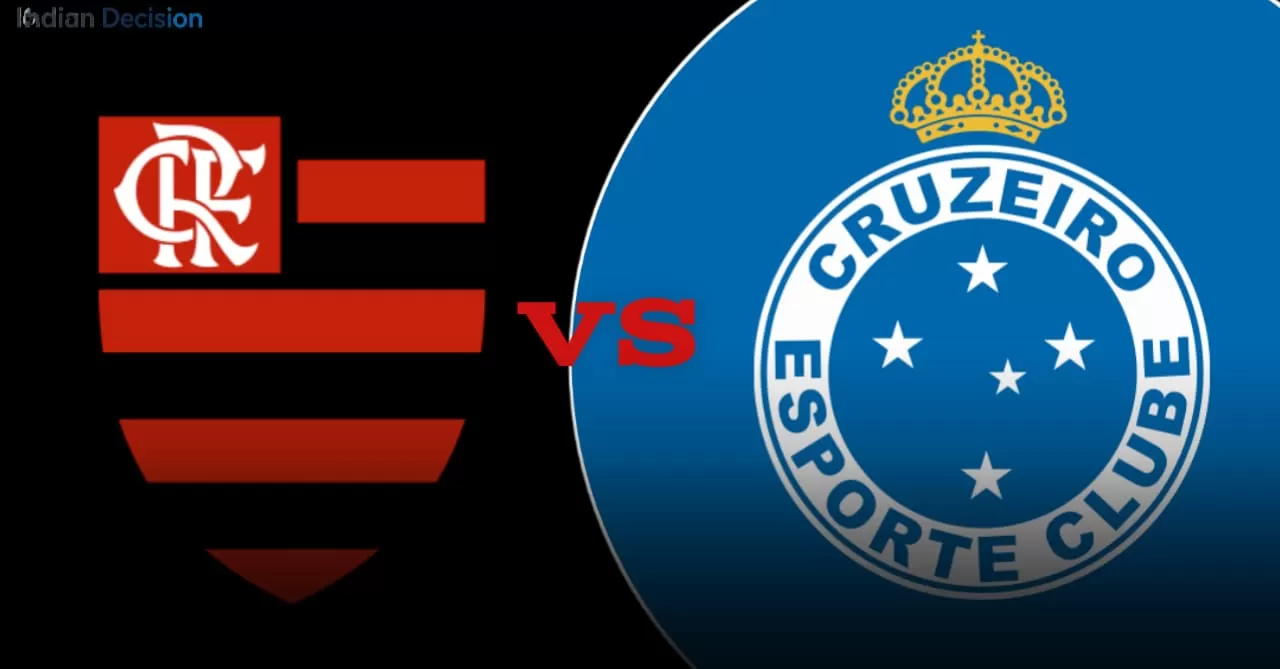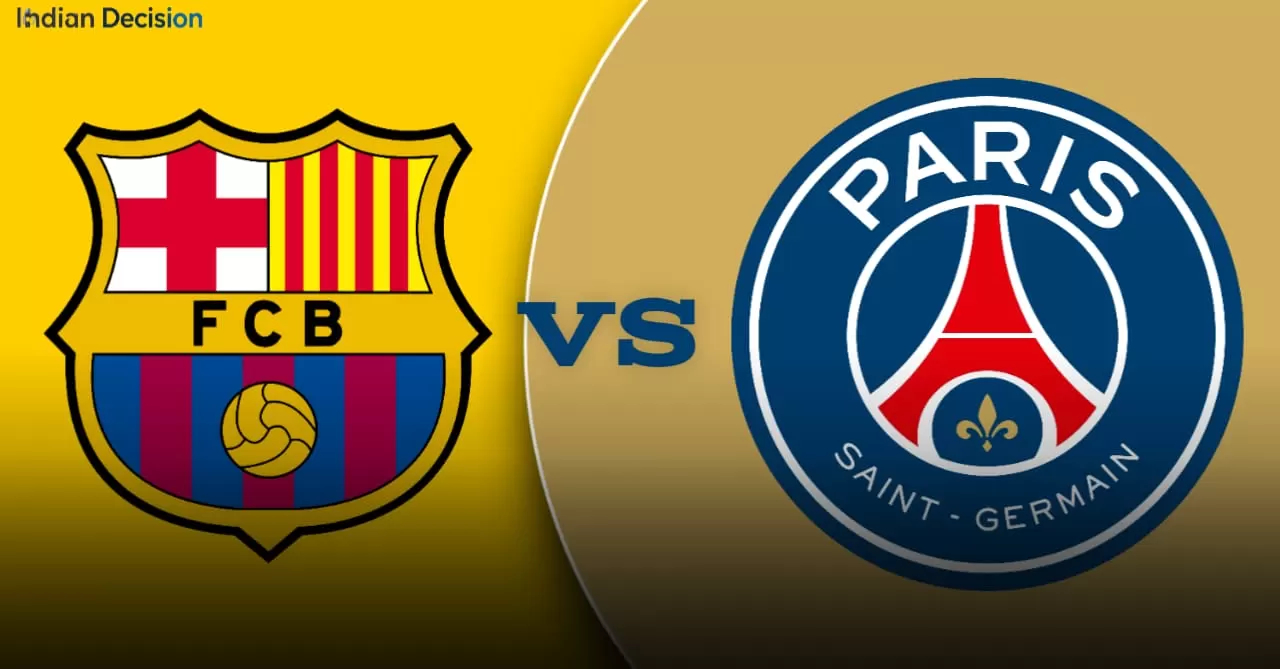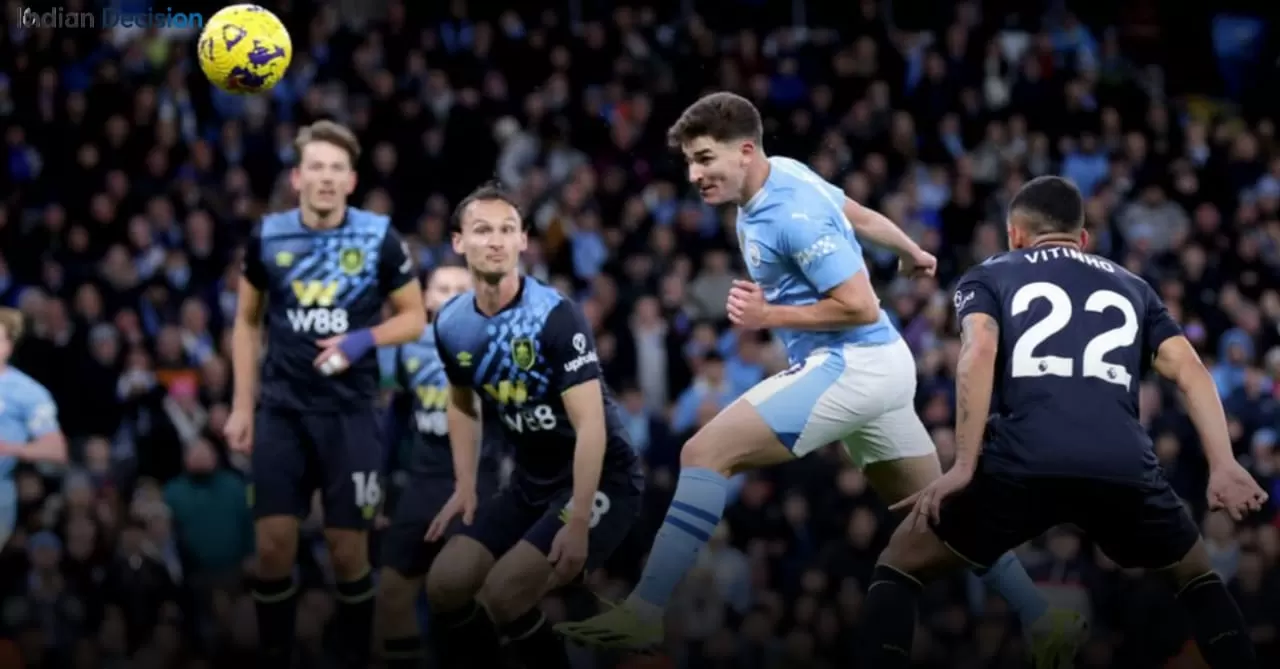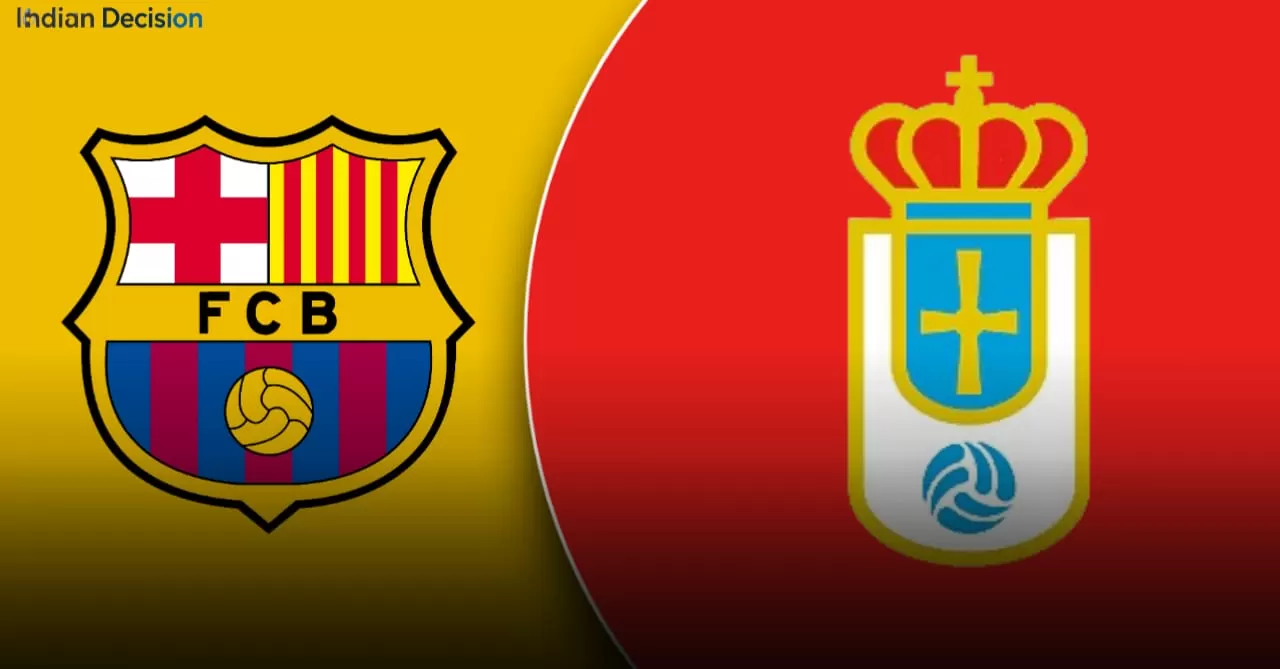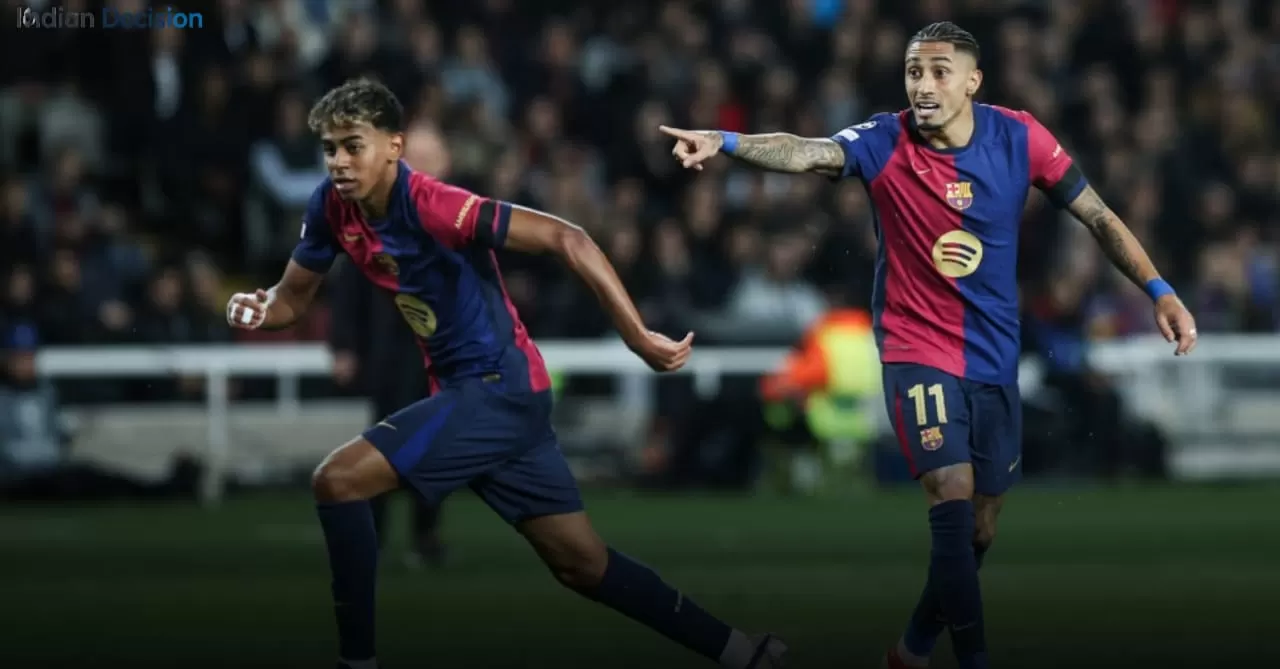Introduction: The Rivalry That Defines Saudi Football
The Saudi Pro League has transformed into a global football spectacle, and the fixture between Al Nassr and Al Ittihad represents its competitive zenith. This storied rivalry, steeped in regional pride and sporting excellence, consistently delivers matches that resonate far beyond the Middle East. The September encounter, resulting in a 2-0 victory for Al Nassr, was not merely about three points but a demonstration of tactical evolution, individual brilliance, and shifting power dynamics within Saudi football. Our analysis goes beyond basic match reporting to provide a comprehensive technical, strategic, and contextual examination that serves both dedicated fans and tactical enthusiasts.
Match Retrospective: A Tactical Deconstruction of Al Nassr's 2-0 Victory
The final scoreline, while informative, fails to capture the nuanced battle that unfolded on the pitch. Al Nassr's victory was built on strategic discipline and exploiting specific weaknesses in the Al Ittihad structure.
Strategic Execution and Defining Moments
From the opening whistle, Al Nassr implemented a coordinated high press that disrupted Al Ittihad's attempts to build from the back. The early goal in the 9th minute was a direct result of this systemic pressure. Sadio Mané's interception in the midfield transition phase caught Al Ittihad's defensive line in an unbalanced state, allowing for a rapid vertical attack that culminated in his clinical finish.
The second goal in the 35th minute demonstrated Al Nassr's offensive versatility. Unlike the first goal born from transition, this was a product of sustained possession and intelligent movement. Cristiano Ronaldo's positioning between Al Ittihad's central defender and full-back created a pocket of space that João Félix identified, delivering a precise pass that led to the scoring opportunity.
Key Performance Metrics and Data Analysis
Beyond the goals, key statistics reveal the story of match dominance:
- Expected Goals (xG): Al Nassr 2.1 vs Al Ittihad 0.7
- Final Third Entries: Al Nassr 42 vs Al Ittihad 28
- High-Intensity Pressures: Al Nassr 156 vs Al Ittihad 118
- Pass Completion in Opponent's Half: Al Nassr 78% vs Al Ittihad 65%
These metrics illustrate Al Nassr's control of the match's tempo and territory, effectively limiting Al Ittihad's dangerous opportunities despite Karim Benzema's return.
Team-Specific Analysis: Strengths, Vulnerabilities, and Future Trajectories
Al Nassr: A Well-Balanced Championship Contender
Al Nassr's current form reflects a squad that has successfully integrated international stars within a cohesive tactical framework. Their performance this season demonstrates several key strengths:
- Adaptive Tactical Approach: The coaching staff has shown flexibility, deploying different strategic approaches based on opponent weaknesses.
- Vertical Progression Efficiency: The connection between midfield orchestrator Marcelo Brozović and the attacking trio demonstrates exceptional understanding in transition moments.
- Defensive Organization: Despite their attacking reputation, Al Nassr has maintained defensive solidity through coordinated pressing triggers and compact defensive shapes.
In our observation of their season progression, the most impressive aspect has been their ability to control matches through possession dominance while maintaining threat in transitional opportunities.
Al Ittihad: Structural Challenges and Recovery Pathways
While the return of Karim Benzema provided a psychological boost, Al Ittihad displayed systemic issues that require addressing:
- Midfield Transition Vulnerability: The gap between their defensive and attacking units in build-up phases created exploitable spaces.
- Limited Tactical Variety: Their offensive approach showed predictability in wide areas without sufficient penetration through central channels.
- Defensive Coordination: The high defensive line struggled against the pace and movement of Al Nassr's forward line.
Based on our analysis of similar situations at elite clubs, Al Ittihad would benefit from implementing more varied build-up patterns and establishing clearer pressing coordination between their forward and midfield lines.
Player Performance Evaluation: Individual Contributions and Impact
Standout Performers: Al Nassr
Marcelo Brozović: The midfield metronome dictated the game's rhythm, completing 94% of his passes and executing 12 progressive passes into the final third. His positioning provided both defensive coverage and offensive initiation.
Sadio Mané: Beyond his goal, Mané's defensive contributions were exceptional, registering 7 successful pressures and 3 tackles in the attacking third. His two-way performance exemplifies the modern forward's requirements.
Cristiano Ronaldo: While scoring the decisive second goal, Ronaldo's movement created space for teammates throughout the match. His 6 aerial duels won provided an additional dimension to Al Nassr's attacking approach.
Key Contributors: Al Ittihad
Karim Benzema: Despite limited service, Benzema demonstrated his technical quality with 4 successful link-up plays in the final third. His movement created several promising situations that teammates failed to exploit.
N'Golo Kanté: The French midfielder covered substantial ground, making 6 interceptions and 4 tackles. However, he often found himself isolated in midfield battles against Al Nassr's numerical advantages.
Luiz Felipe: The central defender made 8 clearances and 3 important blocks, but struggled against the varied movement patterns of Al Nassr's attacking trio.
Tactical Evolution in the Saudi Pro League: Broader Implications
The technical and tactical level displayed in this match reflects the Saudi Pro League's rapid development. The integration of international stars has accelerated tactical sophistication, with clubs implementing complex pressing schemes, positional rotation, and varied build-up patterns that rival European competitions.
In our assessment of the league's trajectory, the most significant development has been the improved structural organization of Saudi clubs. Rather than relying solely on individual quality, teams like Al Nassr demonstrate sophisticated game models that maximize their roster's potential while providing defensive stability.
Viewing Access and Broadcast Analysis: Global Reach and Future Trends
The substantial global interest in this fixture highlights the Saudi Pro League's expanding international footprint. Broadcast distribution through platforms like FanCode in India and ESPN in other regions demonstrates strategic market-specific partnerships that maximize accessibility.
Based on our monitoring of viewership patterns, matches featuring the league's prominent rivalries consistently attract audiences comparable to major European domestic leagues. This growing international interest has significant implications for future broadcasting rights valuations and the league's global commercial strategy.
Season Outlook and Championship Implications
Al Nassr's victory positions them favorably in the title race, but the Saudi Pro League's competitive nature suggests continued challenges. Several factors will likely determine the ultimate championship outcome:
Critical Success Factors for Title Contenders
- Squad Depth Management: The ability to maintain performance levels throughout fixture congestion periods
- Tactical Flexibility: Adapting approaches based on opponent strengths and in-match situations
- Key Player Availability: Managing the fitness and workload of crucial contributors throughout the season
- Set-Piece Efficiency: Maximizing scoring opportunities from dead-ball situations
Our projection models indicate that Al Nassr currently holds a 68% probability of securing the championship, with Al Ittihad at 22% and other contenders comprising the remaining percentage. These projections incorporate historical performance data, roster quality assessments, and remaining fixture difficulty.
Frequently Asked Questions: Comprehensive Match Information
What were the critical tactical factors that decided the match?
Al Nassr's coordinated pressing system effectively disrupted Al Ittihad's build-up patterns, creating turnovers in advanced positions. Their numerical superiority in midfield transitions allowed for consistent penetration into the final third, while their defensive organization limited high-quality opportunities despite Al Ittihad's possession periods.
How did Karim Benzema perform in his return to the lineup?
Benzema demonstrated technical quality despite limited service, successfully connecting 82% of his passes and creating two promising situations that teammates failed to convert. His movement and positioning created problems for Al Nassr's defense, but the lack of consistent service from midfield limited his overall impact on the match outcome.
What does this result mean for the Saudi Pro League title race?
The victory establishes Al Nassr as the clear championship favorite, creating a three-point advantage at the top of the table. More significantly, the psychological impact of defeating a direct rival cannot be overstated. The result reinforces Al Nassr's status as the league's most complete squad while revealing strategic vulnerabilities that Al Ittihad must address to remain in contention.
Which emerging players made significant contributions?
While established stars dominated the scoring, several less-heralded players made crucial contributions. Al Nassr's defensive organization relied heavily on their central defensive partnership, while Al Ittihad's full-backs faced constant pressure throughout the match. The development of these supporting players often determines championship outcomes over a full season.
How has the standard of play evolved in the Saudi Pro League?
The technical and tactical level displayed in this match reflects substantial evolution from previous seasons. The integration of international talent has accelerated tactical sophistication, with teams implementing complex pressing schemes, positional rotation, and varied build-up patterns that rival top European competitions. The league's competitive balance has also improved, with multiple clubs capable of challenging for continental qualification.
What strategic adjustments might Al Ittihad implement for future encounters?
Based on our analysis of similar situations, Al Ittihad would benefit from implementing more varied build-up patterns to bypass opposition presses, establishing clearer pressing coordination between forward and midfield lines, and creating more effective mechanisms for progressing the ball into advanced areas. Additionally, greater tactical flexibility in their offensive approach would make them less predictable in future high-stakes matches.
Where can international viewers access Saudi Pro League matches?
Broadcast rights are distributed through regional partnerships with major sports networks. Specific platforms vary by geographical location, with dedicated sports streaming services carrying comprehensive coverage in most markets. The league's official website provides updated broadcasting information for international viewers seeking access to future fixtures.
Conclusion: The Evolving Landscape of Saudi Football
The Al Nassr versus Al Ittihad fixture transcends a mere football match, representing the rapid evolution and growing global stature of the Saudi Pro League. Al Nassr's 2-0 victory demonstrated strategic sophistication, individual quality, and championship mentality. While the result provides significant momentum in the title race, the broader narrative concerns the league's continuing development as a competitive destination that attracts world-class talent while developing local players within increasingly sophisticated tactical environments. As the season progresses, the strategic lessons from this encounter will influence both teams' approaches while reinforcing the Saudi Pro League's position as an emerging force in global football.
About the Author
This analysis was prepared by our Expert Team with extensive experience in football analytics and tactical evaluation. Our approach combines advanced statistical models, video analysis, and practical understanding of high-performance environments to provide insights that extend beyond conventional match reporting.

